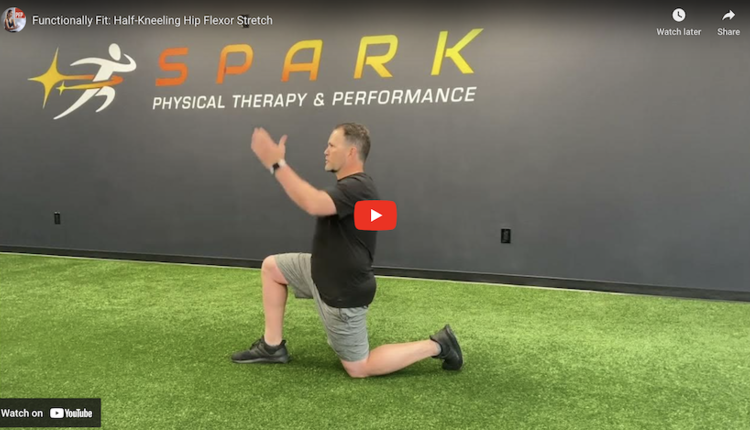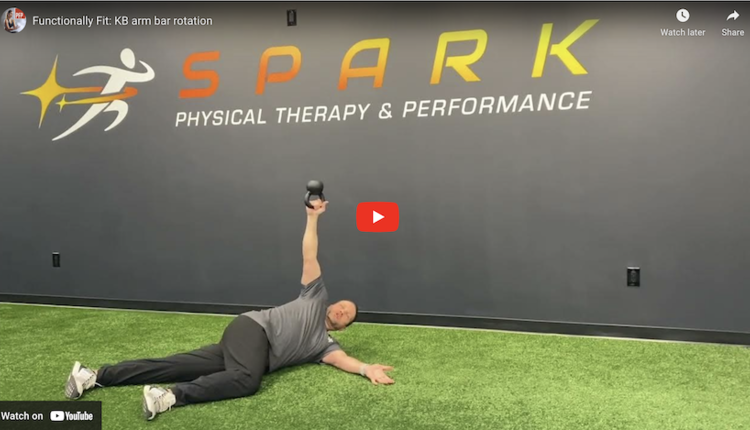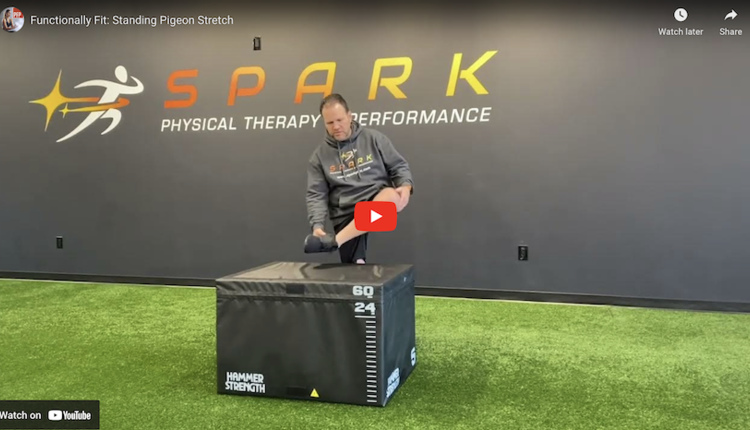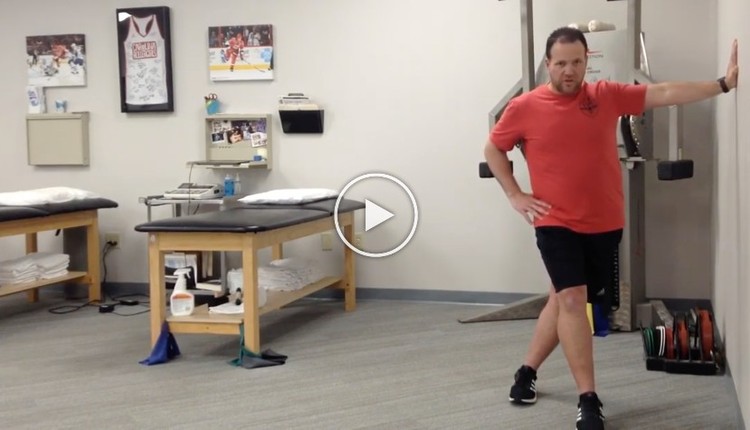
Increasing shoulder, torso and hip strength and stability is a common training goal for athletes involved in sport. Facilitating hip disassociation and kinetic chain linking with exercise is always a plus, and this exercise accomplishes both. I like to use it with overhead athletes and anyone involved in cutting, pivoting and rotational sports.

Application:
This exercise is an excellent way to promote shoulder, core and hip stability while facilitating hip disassociation as well. Driving the hip back up into extension will activate the gluteals and simultaneously force the stable (fixed) hip to stabilize the pelvis and counterbalance the movement pattern.
In addition, the client will have to effectively activate the hip and abdominal musculature throughout to avoid unwanted pelvic tilt/rotation during the movement. This will improve pillar strength and is an effective way to train rotational strength and stability with the leg driving the motion.
Additional notes:
Sufficient upper body strength and core/hip stability in a 3 point position is necessary to perform the exercise correctly. At no time should the foot of the moving leg touch the floor or be used to balance the body. As far as a pace, I feel using a 1/1/1/1 cadence works best.
Those who are weaker will tend to move faster as they fatigue to compensate for leaks in the kinetic chain. A very subtle pause may be used initially, but eliminating the pause altogether may lead to poor form as the body is more affected by momentum and less reliant upon stability to maintain alignment.
Brian Schiff, PT, OCS, CSCS, is a licensed physical therapist, respected author and fitness professional. Currently, he serves as the supervisor for EXOS API at Raleigh Orthopaedic. Brian conducts live continuing education webinars and presents nationally at professional conferences and seminars on injury prevention, rehab and sport-specific training. For more information on his products and services, visit www.BrianSchiff.com.
| Execution: Begin in a tall plank position. The hands should be beneath the shoulders with the feet on the floor and shoulder width apart. Slowly bring the left knee/hip under the body and toward the right elbow. Pause at the end point prior to losing form or control. Next, return the left leg toward the start position and up into full hip extension in one continuous movement. Pause at the top end of available hip extension and repeat the cycle for 10 repetitions or time on the same leg. Alternate legs and perform 2-3 sets on each side. |

Application:
This exercise is an excellent way to promote shoulder, core and hip stability while facilitating hip disassociation as well. Driving the hip back up into extension will activate the gluteals and simultaneously force the stable (fixed) hip to stabilize the pelvis and counterbalance the movement pattern.
In addition, the client will have to effectively activate the hip and abdominal musculature throughout to avoid unwanted pelvic tilt/rotation during the movement. This will improve pillar strength and is an effective way to train rotational strength and stability with the leg driving the motion.
Additional notes:
Sufficient upper body strength and core/hip stability in a 3 point position is necessary to perform the exercise correctly. At no time should the foot of the moving leg touch the floor or be used to balance the body. As far as a pace, I feel using a 1/1/1/1 cadence works best.
Those who are weaker will tend to move faster as they fatigue to compensate for leaks in the kinetic chain. A very subtle pause may be used initially, but eliminating the pause altogether may lead to poor form as the body is more affected by momentum and less reliant upon stability to maintain alignment.
Brian Schiff, PT, OCS, CSCS, is a licensed physical therapist, respected author and fitness professional. Currently, he serves as the supervisor for EXOS API at Raleigh Orthopaedic. Brian conducts live continuing education webinars and presents nationally at professional conferences and seminars on injury prevention, rehab and sport-specific training. For more information on his products and services, visit www.BrianSchiff.com.

















